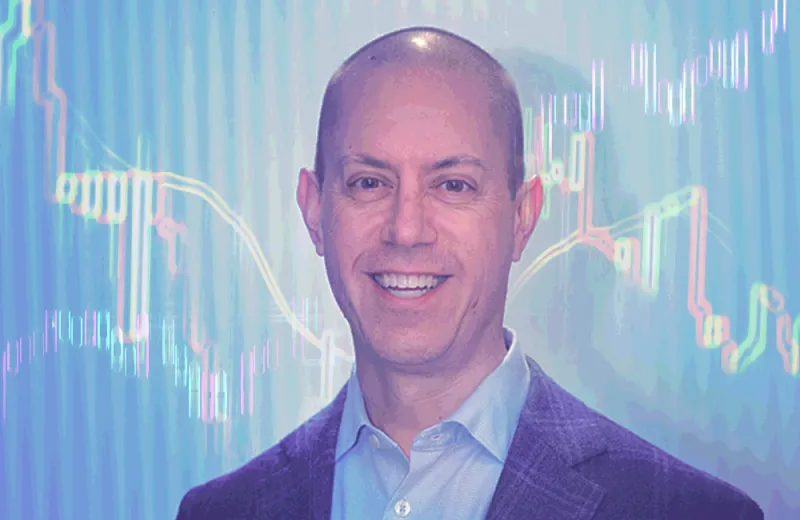Long-termism looks different for healthcare systems. No one knows this better than AdventHealth’s CIO, Rob Roy, who has worked for the $8 billion system for nearly 20 years.
In Roy’s approach to investing for one of the nation’s largest faith-based healthcare systems, he has made sure the broader financial health of the hospital is sound before planning longer term investments. That way the healthcare system won't have to sell investments during a market downturn. “The biggest thing that you've got to get right is the big building blocks,” he said.
Over the years, he has worked closely with the treasury department to strengthen the underlying financials of the hospital itself, including the amount of cash it has on-hand, the cash-to-debt ratio, and the EBITDA margin. This has allowed him to take more risk — and potentially achieve higher returns — with the investment portfolio.
Some healthcare systems that don't work this way have run into trouble. “What I tend to see is that the investment business is on an island,” Roy said. “It's completely separate from what's going on in the operating business, and the investments are sort of treated in that endowment model like, ‘oh, we're going to be here forever.’”
Before the Covid-19 pandemic, several hospital systems hired internal investment teams to implement the endowment model of investing. This meant that they added venture capital and private equity, which have long lockup periods and can't be easily sold to raise cash.
What they realized when the pandemic hit — and that locked-up capital was needed — is that the long-term focused model isn’t aligned with every hospital system’s needs, particularly those that have fewer days of cash on hand or smaller margins.
The pandemic hurt healthcare's bottom line as people canceled elective procedures, which drive most revenue for hospital systems. This, in turn, forced CIOs to sell some assets to cover the expenses of daily operations. “Covid was a negative impact on both sides of that business,” Roy said.
“It's the first time I think that you begin to call into question, how appropriate a foundation type model is for supporting your operating business.”
AdventHealth’s approach to portfolio management blends risk parity investments run by external managers, internal investment management, and partnerships with private managers.
The healthcare system takes a risk-balanced approach to its internal investments, which include equities and credit. These make up about half of its portfolio.
Then, AdventHealth works with five risk-parity type managers including AQR, Man Group, and Bridgewater, as partners to manage 25 percent of its investments. This partnership approach involves closer conversations with the managers and idea-sharing and pitching between the groups.
The remaining 25 percent of the portfolio is invested with approximately 10 private equity managers. Although Roy and his team expect these managers to perform well, they serve a more important purpose in the portfolio — generating operational alpha for the healthcare system itself.
As Roy notes, hospitals are complicated systems with many external service providers and suppliers. Everything from the cost of repairing HVAC systems to the price of medical equipment like needles affects the hospital’s bottom line. With healthcare margins as razor thin as they are, saving money or innovating around costs is a big deal for a hospital system.
Roy has worked with huge private equity managers to find companies that the hospital system itself can hire to improve operations or save money.
AdventHealth’s sustainability efforts, which Roy co-leads, is an example of this in action. The health system signed a climate pledge to cut emissions by 50 percent by 2030, and has a goal to move to 100 percent renewable energy by 2026.
Roy tapped the system’s private investment managers for their best ideas to make this happen, which led to a recent deal with one of Brookfield Asset Management’s portfolio companies.
In February, AdventHealth announced that it had signed a deal with renewable energy developer Scout Clean Energy, which will provide wind power to the healthcare system’s facilities. It will match 40 percent of AdventHealth’s current system-wide electrical needs.
With a deal like this, Roy said: “I will not be able to directly measure that in my investment performance, but hopefully our 94,000 employees will go, ‘this is amazing.’”







